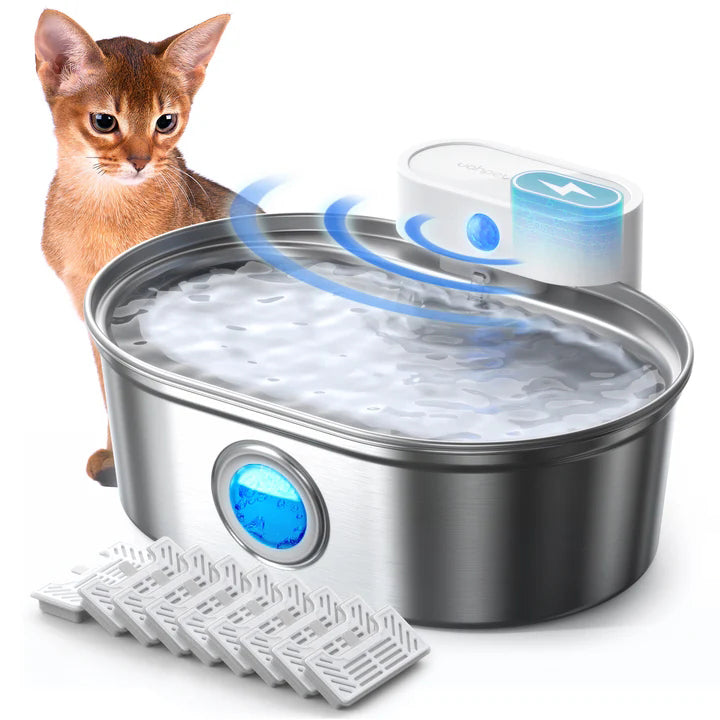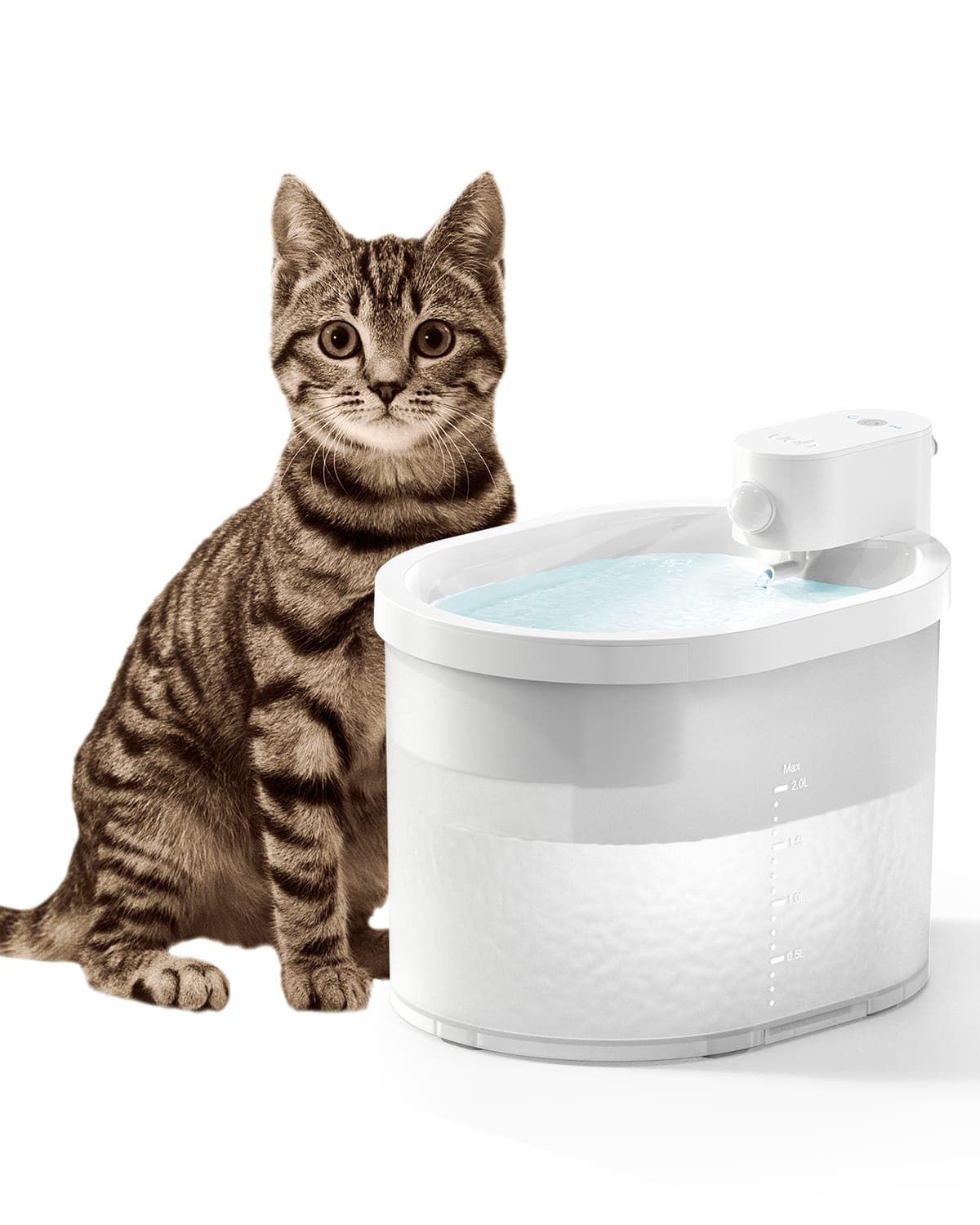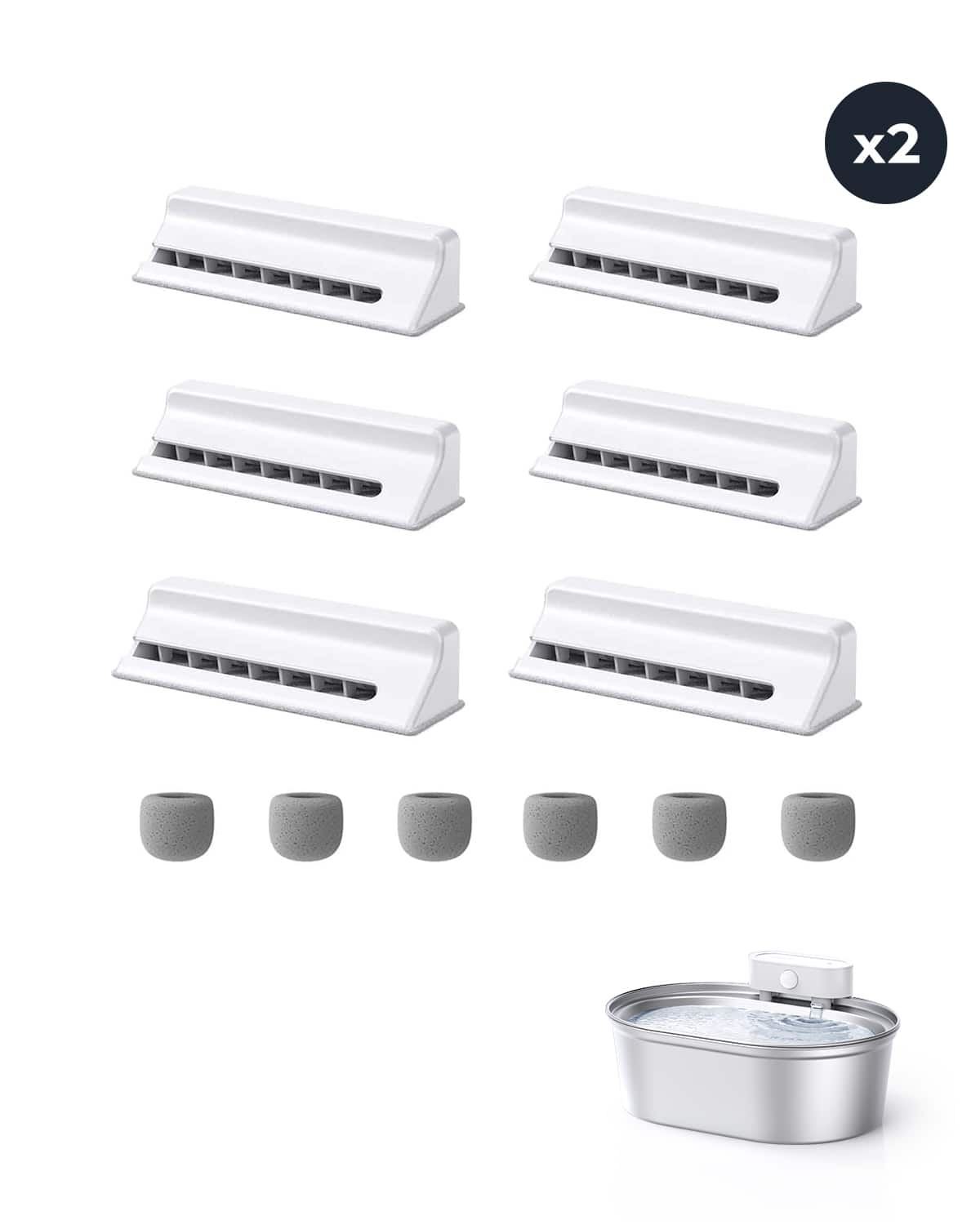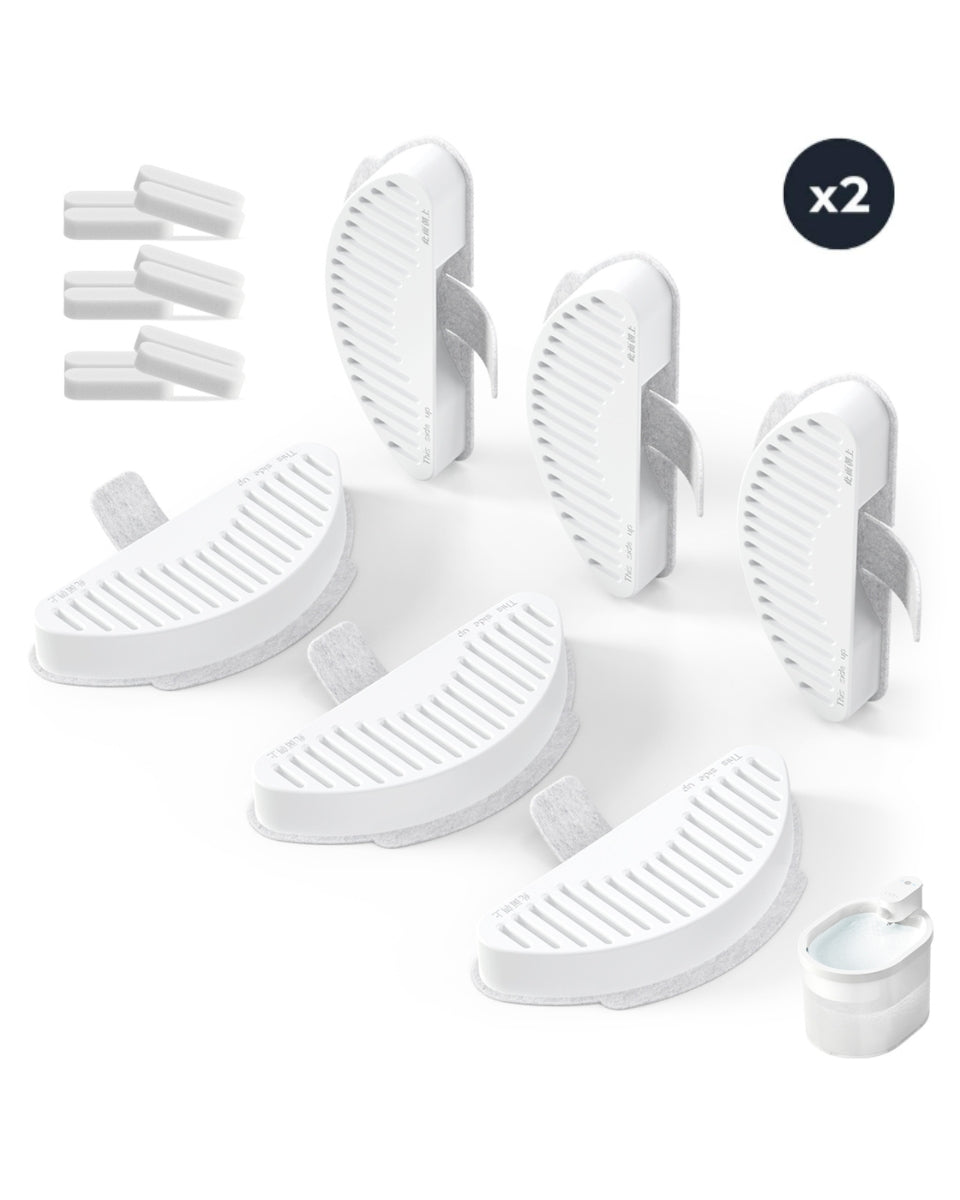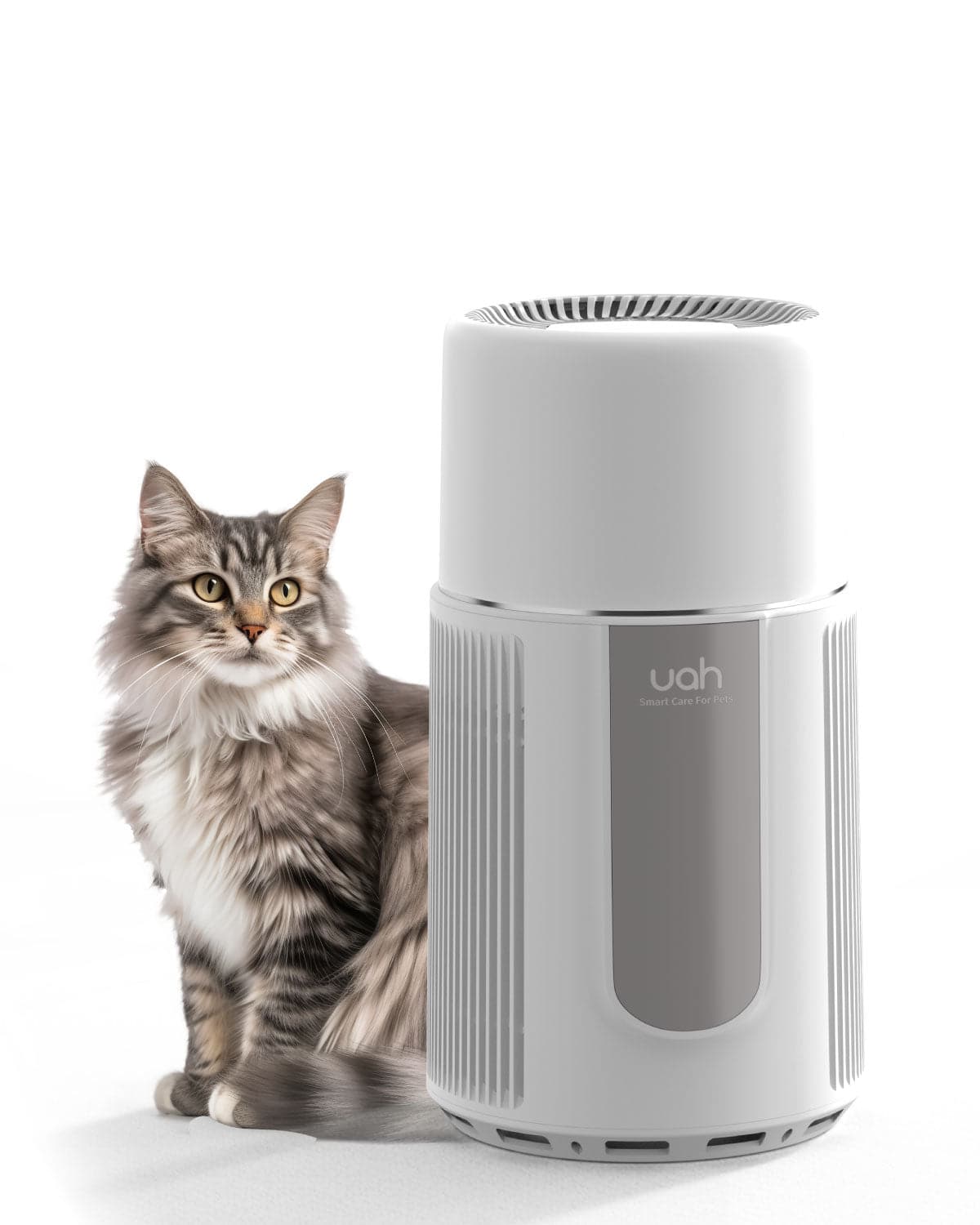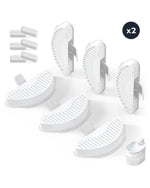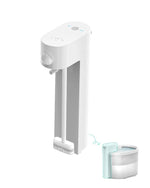Are you tired of sneezing, coughing, or dealing with allergies caused by dust and pet dander? The best air purifier for dust and pet dander could be the solution you've been searching for. In this comprehensive guide, we'll explore everything you need to know to make an informed decision and improve your indoor air quality.
Understanding Dust and Pet Dander
Dust and pet dander are common indoor allergens that can significantly impact your health. Dust consists of tiny particles from various sources, including soil, fabric fibers, and dead skin cells. Pet dander, on the other hand, is made up of microscopic flecks of skin shed by animals like cats and dogs. Both can trigger allergies, asthma, and other respiratory issues.
Why You Need an Air Purifier
An air purifier is an effective tool for removing airborne contaminants, including dust and pet dander. By capturing these particles, air purifiers can help reduce allergy symptoms, improve breathing, and create a healthier living environment. But not all air purifiers are created equal. Choosing the right one is crucial for optimal results.
Key Features to Look For
When searching for the best air purifier for dust and pet dander, consider the following features:
- HEPA Filtration: High-Efficiency Particulate Air (HEPA) filters are designed to capture 99.97% of particles as small as 0.3 microns, making them ideal for dust and pet dander.
- Activated Carbon Filter: This type of filter helps remove odors and volatile organic compounds (VOCs) often associated with pets.
- Air Change Rate: Look for a purifier that can cycle the air in your room multiple times per hour for maximum efficiency.
- Room Size Coverage: Ensure the purifier is suitable for the size of the room where it will be used.
- Noise Level: Choose a model that operates quietly, especially if you plan to use it in bedrooms or offices.
How Air Purifiers Work
Air purifiers use a combination of filters and fans to clean the air. The fan draws in polluted air, which then passes through one or more filters to trap particles. Clean air is then released back into the room. HEPA filters are particularly effective at capturing dust and pet dander, while activated carbon filters can neutralize odors.
Benefits of Using an Air Purifier
Investing in the best air purifier for dust and pet dander offers numerous benefits:
- Reduced Allergies: By removing allergens from the air, purifiers can alleviate symptoms like sneezing, runny nose, and itchy eyes.
- Improved Respiratory Health: Cleaner air can help those with asthma or other respiratory conditions breathe more easily.
- Odor Elimination: Air purifiers with activated carbon filters can neutralize pet odors, keeping your home smelling fresh.
- Better Sleep: Cleaner air can lead to a more restful night's sleep, especially for allergy sufferers.
Maintenance Tips for Air Purifiers
To ensure your air purifier continues to perform effectively, follow these maintenance tips:
- Replace Filters Regularly: Check the manufacturer's recommendations for filter replacement intervals.
- Clean the Exterior: Wipe down the outside of the purifier to remove dust and debris.
- Monitor Performance: Pay attention to any changes in air quality or purifier efficiency.
- Keep It Running: For best results, run your air purifier continuously or as recommended by the manufacturer.
Common Mistakes to Avoid
When using an air purifier, avoid these common mistakes:
- Choosing the Wrong Size: A purifier that's too small for your room won't be effective.
- Neglecting Maintenance: Failing to replace filters or clean the purifier can reduce its efficiency.
- Placing It in the Wrong Location: Position the purifier in an area with good airflow for optimal performance.
- Ignoring Noise Levels: A noisy purifier can be disruptive, especially in quiet spaces.
How to Maximize Air Purifier Efficiency
To get the most out of your air purifier, follow these tips:
- Keep Doors and Windows Closed: This prevents outdoor pollutants from entering and reduces the workload on your purifier.
- Use in High-Traffic Areas: Place the purifier in rooms where you spend the most time, such as bedrooms or living rooms.
- Combine with Other Strategies: Regular cleaning, vacuuming, and grooming pets can further reduce dust and dander.
- Monitor Air Quality: Use an air quality monitor to track improvements and adjust settings as needed.
Frequently Asked Questions
Q: How often should I replace the filters in my air purifier?
A: It depends on the model and usage, but most HEPA filters should be replaced every 6 to 12 months.
Q: Can air purifiers eliminate pet odors?
A: Yes, air purifiers with activated carbon filters can effectively neutralize pet odors.
Q: Are air purifiers safe to use around pets?
A: Absolutely! Air purifiers are safe for pets and can even improve their health by reducing airborne allergens.
Q: How do I know if my air purifier is working?
A: You should notice a reduction in dust, pet dander, and odors. An air quality monitor can also provide measurable results.
Ready to transform your home into a haven of clean, fresh air? The best air purifier for dust and pet dander is within reach. Take the first step toward better health and a more comfortable living environment today!

